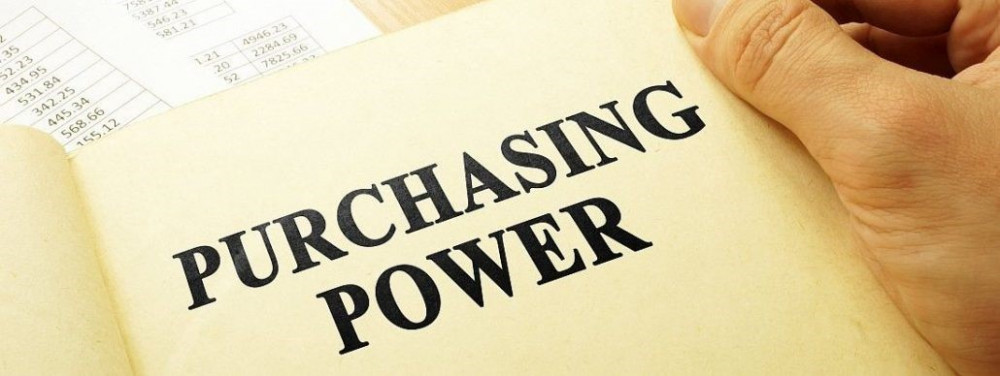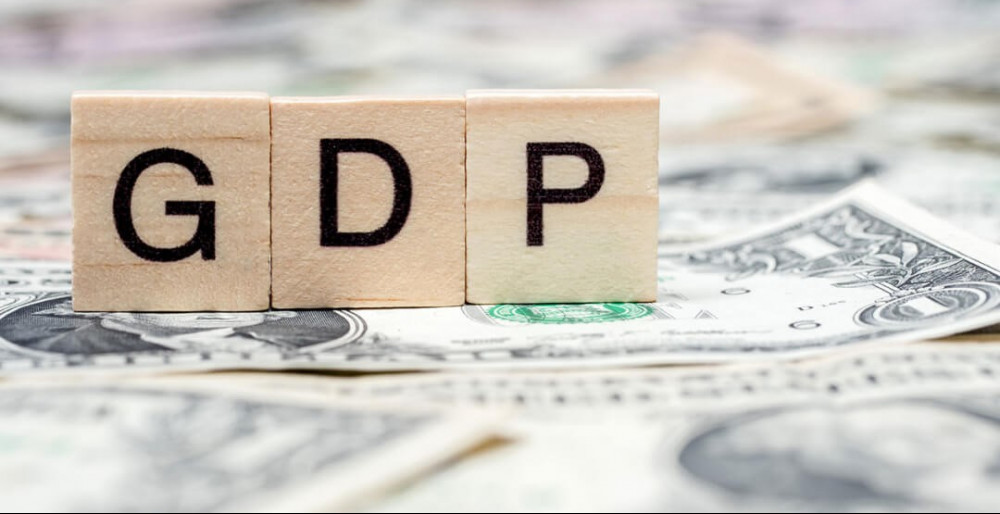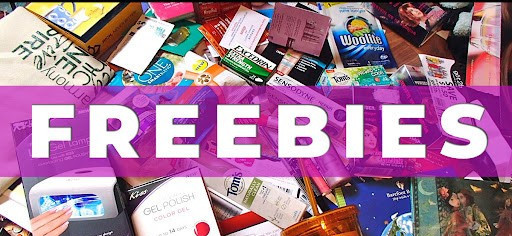What Is Probate?
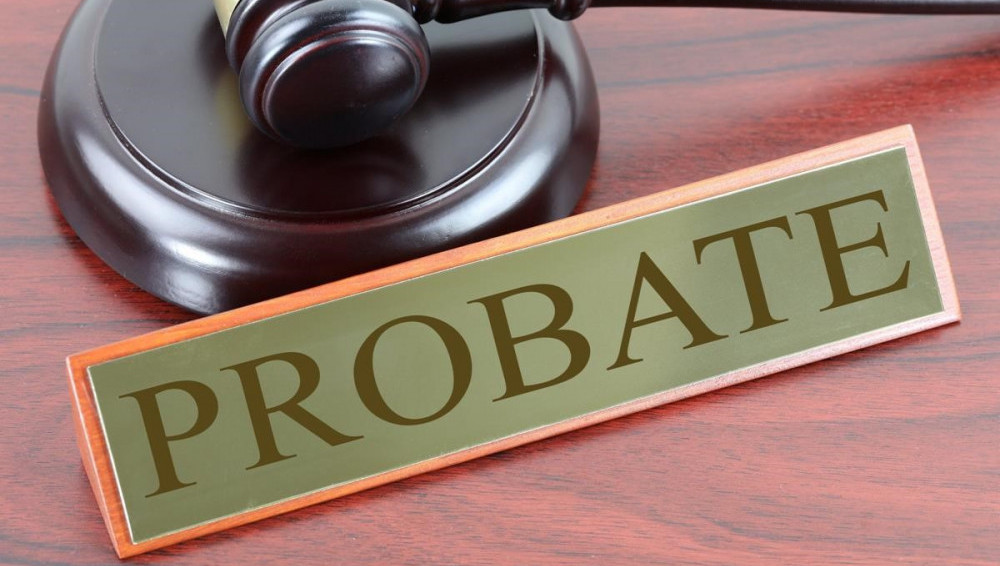
Probate is the court-supervised process of distributing a decedent’s assets to beneficiaries. In other words, probate helps determine who will inherit your estate following your death. Probate is necessary when someone dies because it ensures that the deceased person has prepared an estate plan or will specify how his or her assets should be distributed after death and that his or her debts and taxes have been paid.
If a person dies without a will, his or her state’s laws dictate how their assets are distributed. If a person dies with a will but doesn’t have any assets to distribute, then his or her state’s law dictates how their assets are distributed as well.
In essence, probate ensures that the estate is administered according to the wishes of the deceased person in what would have been their will had they written one or according to their state’s laws if they did not write a will.
Quick definition
Probate is the court-supervised process of distributing a person’s assets to beneficiaries according to the person’s wishes recorded in an estate document, such as a will or trust.
Types of Probate
There are two types of probate: formal and informal. Formal probate is when a court oversees the process, while informal probate is when someone close to the deceased takes on the responsibility. These two types are discussed in detail below.
This post contains affiliate links. Please please read my Disclaimer for more information.
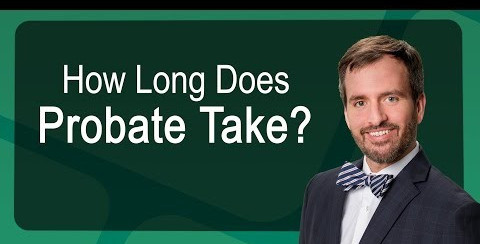
How long does probate take?
The length of probate can vary greatly depending on how complicated your estate is. If you have a simple will and property, it could take anywhere from six months to two years for everything to be settled.
When should you hire an attorney for your probate?
If you are not sure if your will is valid, or if you have any other questions about probate, it is wise to consult with an attorney. It would make sense for you to consult an attorney before probate proceedings begin in order to get legal advice and help on what to do next.
It is important that you know how the process will work and that you know your rights. That way, everything goes smoothly after the death of someone close to you.
The following are some common questions people ask about probate:
-What is probate?
-What does one need for probate?
-When should I get an attorney for my will?
What is a will and why do I need one?
A will is a document that states how you want your property to be distributed in the event of your death. You can also state things like who you want to care for any children and what kind of funeral arrangements you want.
If you do not have a valid will and your property is subject to probate, then it would be transferred according to state law. This means that your heirs or successors would need to contest the will in order for it to be made invalid and go through with probate proceedings.
If you do not own property, then the only thing that would go through probate is whatever bank accounts and other assets may exist in your name.
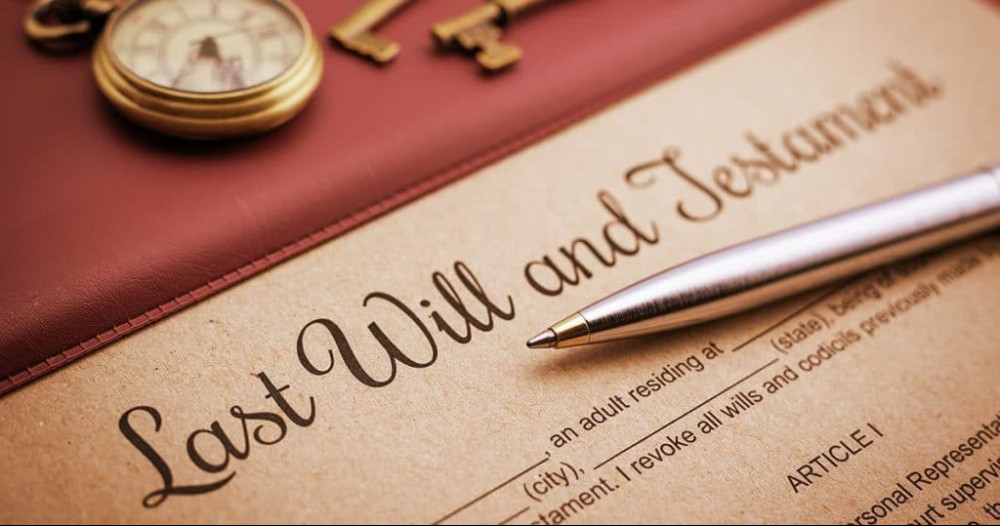
How does a will decide who gets what?
A will is a document that dictates how you would like your property to be distributed following your death. A will also name an executor, or person responsible for carrying out your wishes, and may include instructions about how to best take care of any minor children.
When you die, the executor must take care of several formalities to transfer property. If there are no instructions in the will, then state law decides who inherits your property. Probate is one of these steps where the executor gathers all the assets and pays off debts before distributing them to beneficiaries in accordance with the terms of the will.
What are the advantages of inheriting through a will?
Inheriting through a will can give beneficiaries more control over what they want to do with the property or estate. For example, if you want to donate some of your estates to charity and provide for your children, you could ask that the charitable donation be made in lieu of any other inheritance.
If you don’t have a will, then your property would pass according to state law. This means that the laws of the state would determine who gets what and how it’s transferred.
Many people inherit as a result of having no will and no heirs. If this is the case, then those who are next in line may receive all or part of your property.
Ways to Avoid Probate
There are ways to avoid probate. In fact, if you have a revocable living trust, it may be possible for you to avoid probate entirely.
A revocable living trust is a document that contains all of your estate planning instructions. With a living trust, the document’s instructions will still take effect after your death and allow you to control how your assets are distributed.
One benefit of a living trust is that it allows the person with the power of attorney—often called the successor trustee—to distribute assets according to your wishes without going through probate court.
If you don’t have a living trust, there are other options for avoiding probate. For example, certain types of trusts can be used to avoid probate or at least reduce the time and complexity of going through the process. These include things like qualified domestic trusts and special needs trusts.
The Planning Process for People Who Are NOT Familiar with Probate
If you’ve never heard of probate before, you’re not alone. It’s a term that scares many people who don’t know what it is and why it’s necessary to plan for it.
It can be hard to think about death and the future, but the truth is that we’re all going to pass away eventually. The key to managing your assets and those of your loved ones after death is making sure that everything is in order ahead of time.
This article will provide an overview of the process, its role in estate planning, and some ways to plan for it if you’re not familiar with it yet.
Probate is the court-supervised process in which a decedent’s assets are distributed to beneficiaries according to the person’s wishes recorded in a will, trust, or other estate documents. This process:
– Ensures that an individual’s last wishes are honored and their estate is distributed appropriately
– Provides clarity for heirs as they contend with often complex legal documents
– Protects an individual’s family from potential mismanagement or exploitation by unscrupulous relatives
– Allows for quicker distribution of the individual’s wealth
– Balances competing interests between creditors and beneficiaries.
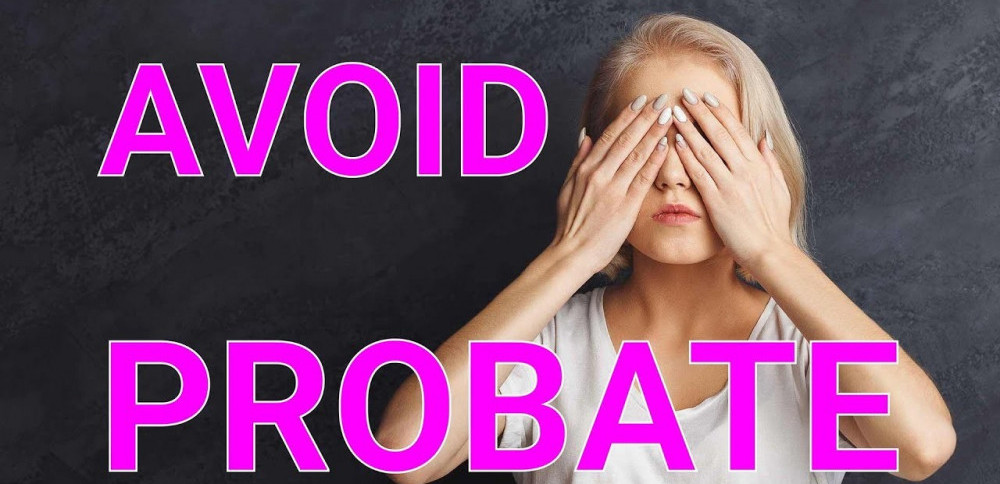
Conclusion
Probate is a legal process that transfers the ownership of an estate or property to heirs if the owner dies without any heirs, has no will, and their property is subject to legal proceedings. Remember that if you do not have a valid will, then it would be transferred according to state law. Probate can be alarming for some people, but it is typically not difficult and includes only paperwork filing.
“If you have any feedback about what is probate that you have tried out or any questions about the ones that I have recommended, please leave your comments below!”
NB: The purpose of this website is to provide a general understanding of personal finance, basic financial concepts, and information. It’s not intended to advise on tax, insurance, investment, or any product and service. Since each of us has our own unique situation, you should have all the appropriate information to understand and make the right decision to fit with your needs and your financial goals. I hope that you will succeed in building your financial future.
